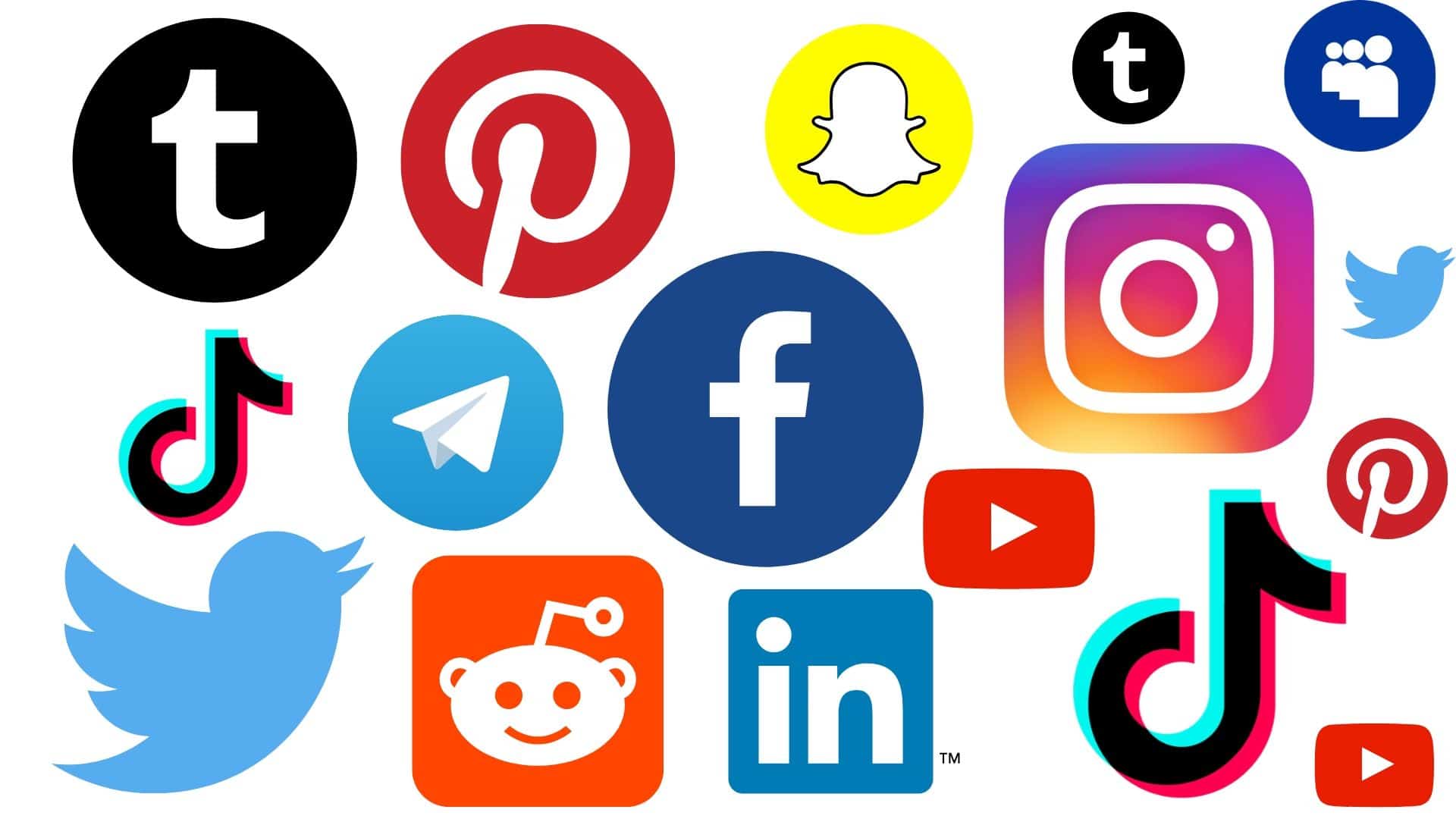Social media can have both positive and negative effects on kids, depending on how they use it and how much time they spend on it. Many young people will say, in their own words, they know it is bad for them but (“the truth usually comes after but…”) their whole social lives exist within that space. To go without a phone, for many young people, means that they have no lifeline or connection to the outside world. This has been exacerbated by the pandemic, which in turn muddied the “use of screens” (usually a social or entertainment thing) into “use screens for everything.”
Some potential negative effects of social media on kids include cyberbullying. Social media can provide a platform for bullying and harassment, which can have a negative impact on kids’ mental health. There are more subtle versions of cyberbullying that are more common, and have parallels with real life rejection. Young people, and adults as well, may sometimes discover their friends have formed a group chat with everyone but them. Another common version of this is, what may appear to adults as “petty” or just “drama” but for many it feels very real — the ‘friend’ is no longer a friend, and may even have blocked the young person.
Social media creates unrealistic expectations for achievement, body image, social status, lifestyle, relationships, and more. For people whose whole social life is effectively “on a screen,” there’s no frame of reference, wisdom built upon experience to look at images found online and say “that’s very unrealistic.” The more subtle version of this is essential to the social media experience: most people are aware of when they themselves are having a hard time, and very few of those will actively post in real time their ups and downs. Another way to put it is, social media is curated in such a way so as to present an image, to a particular audience (sometimes selected or self-selected), it is not meant to show “reality.” And without beating a dead horse, the purpose of posting on social media is, in part, to get a reaction. There is a measurable, felt “dopamine hit” when one posts and receives a lot of likes, follows, etc.
The feedback, positive or negative, messes with one’s brain chemicals (the ones we use to connect with others and enjoy things), giving social media a particularly addictive quality. “Doom scrolling” is a catch-all name for when someone browses on Instagram or Snapchat, and it is described as such because it 1) generally accomplishes nothing; it wastes time and 2) it leaves a person feeling awful. There is an overt, profit incentivized model that all these social media apps are built upon. These apps are designed to get eyeballs on them and clicks, turning our phones into something more akin to “slot machines” than “connection-with-others devices.”
Finally, social media, or screen time more broadly, uses time that has to come from somewhere. Whenever I am working with adolescents or adults, I occasionally check in on “the basics.” How are you sleeping? Eating? How connected are you? (That last one is the G-rated version of “How’s your sex life?” which often has clinical implications). For clients who find themselves “doom scrolling” or engaging with their social life, in the form that it exists on a screen, there is never a good stopping point for turning off the screen. If one were to meet up with their friends at the park, a movie theatre, a friend’s house, sooner or later the sun goes down, the movie ends. With screens, they are portable, they fit in bed (and the blue light ruins sleep, even when the phone finally goes away), and the apps want you to keep going. How are you sleeping? If you’re on a phone or screen for hours leading up to bedtime, probably not that well.
Overall, it is important for parents to monitor their kids’ social media use and teach them healthy habits, such as limiting screen time, using social media in moderation, and being kind to others online. What is the character of the screen time use? If it’s for education, training, connection, then it can be good. One of the challenges with connecting with other humans is, young people often feel they are missing out on what’s happening online — and, truly, really, there is probably something to miss online 24/7. For parents, they may find themselves in direct conflict with their child’s felt need to be connected, included, known, and the overall well-being of their child. What can parents do? Teach, model healthy practices, engage in open conversation about their child’s experience of screens, their social life, and so on. It is also important for parents to stay informed about the latest research on the effects of social media on kids and to encourage open communication with their children about their online experiences.
To start a conversation about adolescent or family therapy, reach out now. We have a team of counselors ready to help you make progress.
971-200-5789
akelsay.lpc@gmail.com

